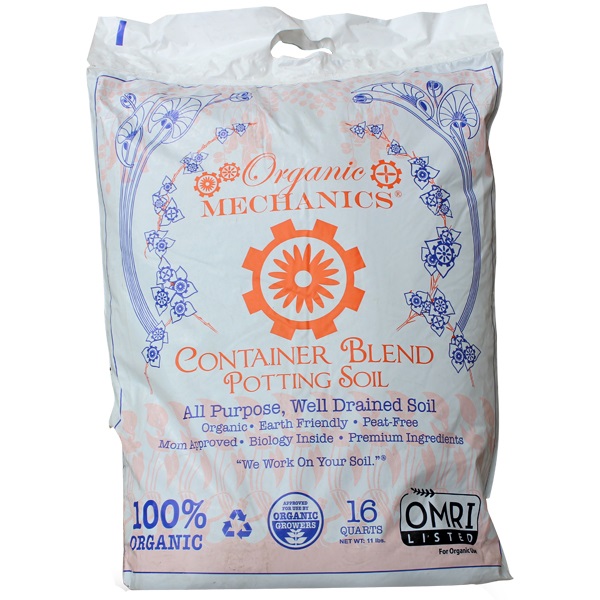How green is your garden? The answer, counter-intuitively, is possibly not very. In our bid to control nature we, as gardeners, are often doing more harm than good: using up precious resources, spraying plants or lawns with toxic chemicals, trashing complex eco-systems in our quest for pristine outdoor living spaces.
Currently topping the list of horticultural crimes is the use of peat, which is sometimes easy to trace—in the bags of compost you buy at any plant nursery—but often less so, as it’s used as part of the potting medium for so many commercially grown specimens. As such it’s hidden, lurking beneath the lovely lush perennials that look so innocuous.
What is peat?

According to the International Peatland Society, peat is a surface layer of soil found in wetland settings that consists of partially decomposed vegetation and organic matter. It forms in acidic and anaerobic conditions and its composition depends on where it is found: in temperate, boreal areas it is formed from mosses (mainly sphagnum mosses), shrubs, and trees, while in tropical regions it consists of the leaves, branches, trunks and roots of forest trees.
Why is it controversial?

The peat used in the gardening industry (it’s often a key ingredient in potting soil, compost, and starting medium) is harvested from peatlands, which act as carbon sinks, trapping carbon to help mitigate the impacts of climate change. This rich layer helps to control flooding and encourage vegetation that can provide rich habitats for an array of wildlife. Mining the stuff for commercial use is essentially both unsustainable and deleterious for the environment. In the UK, the debate around the use of peat has been catapulted into public consciousness this year. Back in 2015 the British government set a target to phase out the use of peat-based compost by 2020. That deadline came and went with little change in the horticultural world; in the last year two million cubic meters of peat-based compost was sold or used in the UK alone.
In response, the nation’s favorite gardener, along with charities such as The Wildlife Trusts, Friends of the Earth, the National Trust, and the Royal Horticultural Society, wrote an open letter calling on the government to re-focus on the urgent need to ban the use of peat. “There is no garden, however beautiful, that justifies the scale of environmental damage or contribution to climate change that peat use causes,” said Monty Don. “The extraction of peat for horticultural use is an act of environmental vandalism.”
What can you do?
While governments dither and the horticultural industry makes excuses, we can all help phase out peat use by ensuring we do not use it at all. Look for entirely peat-free compost; sometimes that entails some very careful scrutiny, as the horticultural companies, like many firms, are more than happy to greenwash their compost bags to look as though they are packed full of goodness. Or buy it from one of the specialist firms who are leading the way in peat-free potting mediums such as Melcourt’s Sylva Grow, Carbon Grow’s Biochar compost or Dalefoot Compost, which is made from sheep’s wool and bracken in England’s Lake District. Alternatively, you can make your own garden compost onsite—by recycling organic waste from the kitchen and garden.
For more on ways to garden sustainably, see:
- Expert Advice: How to Counter Climate Change in Your Garden
- Landscaping 101: Biodynamics for the Edible Garden
- The Garden Decoder: What Is ‘Hugelkultur’?











Have a Question or Comment About This Post?
Join the conversation